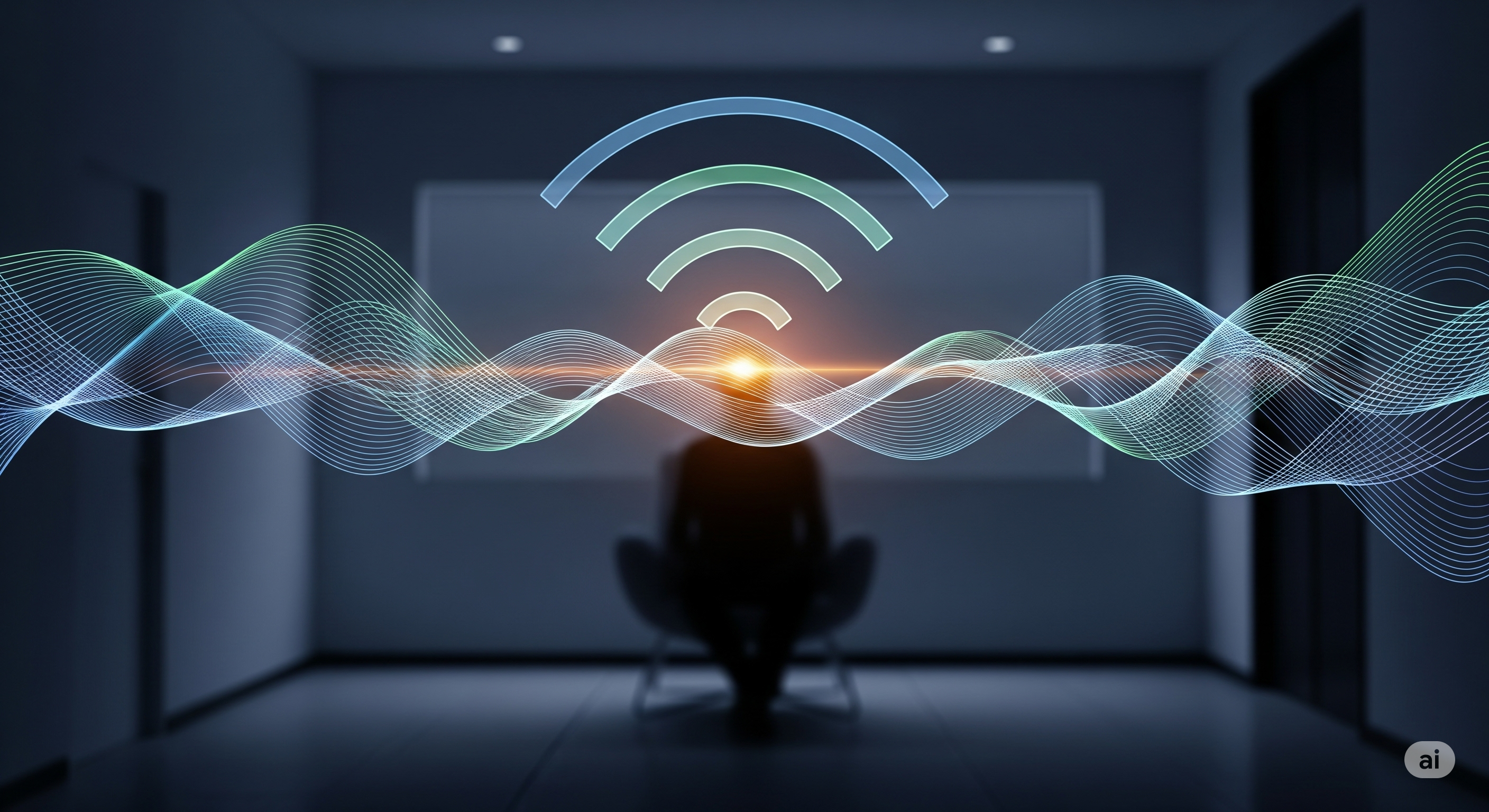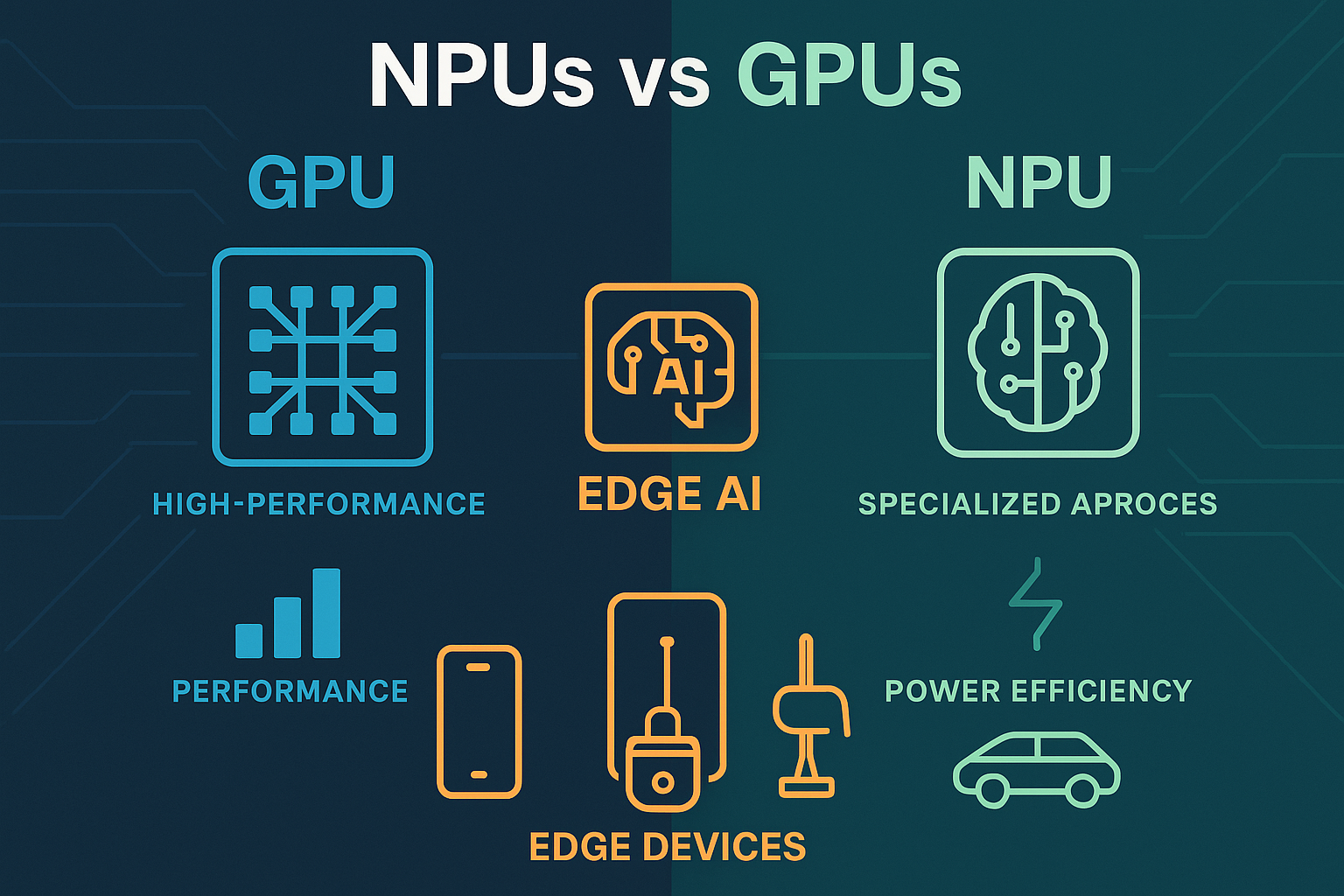Table of Contents
Introduction: Beyond Connectivity
For decades, Wi-Fi has been synonymous with internet access, connecting our devices to a world of information. But what if Wi-Fi could do more than just connect? What if it could “see”? Emerging as a fascinating frontier in wireless technology, Wi-Fi sensing is doing just that – transforming ubiquitous Wi-Fi signals into a sophisticated sensor, capable of detecting movement, presence, and even vital signs, all without cameras or wearable devices. This blog post unpacks the technical magic behind Wi-Fi sensing, exploring how it works and its potential to revolutionize everything from smart homes to healthcare.
How Does Wi-Fi Sensing Work? The Invisible Radar
At its core, Wi-Fi sensing leverages the very nature of radio waves. Just like sound waves, Wi-Fi signals are affected by their environment. When a Wi-Fi signal travels from a transmitter to a receiver, it can be reflected, absorbed, or refracted by objects and people in its path. Traditional Wi-Fi focuses on the content of the signal (the data it carries), but Wi-Fi sensing looks at the changes in the signal itself.
Here’s a breakdown of the key technical principles:
Channel State Information (CSI): This is the heart of Wi-Fi sensing. CSI provides a detailed snapshot of how a Wi-Fi signal propagates through the environment at a given moment. It includes information about the signal’s amplitude (strength), phase (timing), and angle of arrival/departure across different subcarriers (small frequency bands within the Wi-Fi channel). Think of it like a highly detailed fingerprint of the wireless channel.
Interference and Perturbations: When a person moves, breathes, or even just stands still in a room, they cause subtle, yet measurable, changes to the Wi-Fi signals. These changes manifest as variations in the CSI. For instance:
Movement Detection: A moving body will cause significant fluctuations in the signal’s amplitude and phase as it reflects and obstructs the waves.
Presence Detection: Even a stationary person subtly affects the signal due to their body absorbing and reflecting Wi-Fi waves.
Breathing/Heartbeat Detection: The minuscule movements of the chest wall during breathing or the circulatory system can cause periodic, tiny changes in the Wi-Fi signal’s phase, which advanced algorithms can detect.
Signal Processing and Machine Learning: Raw CSI data is incredibly complex. This is where the “magic” of signal processing and machine learning comes in.
Filtering and Noise Reduction: Techniques are used to remove environmental noise and isolate the relevant changes caused by human activity.
Feature Extraction: Specific characteristics (features) related to movement, presence, or vital signs are extracted from the processed CSI data.
Machine Learning Models: Trained algorithms learn to correlate these extracted features with specific activities (e.g., “walking,” “falling,” “sleeping,” “breathing at X rate”). These models can classify activities, estimate positions, or even count people.
Applications: A Glimpse into the Future
The implications of Wi-Fi sensing are vast and transformative, offering a privacy-preserving and infrastructure-light alternative to traditional sensors:
Smart Homes: Beyond turning lights on, Wi-Fi sensing can detect if someone has fallen, monitor sleep patterns without wearables, or adjust climate control based on room occupancy.
Elderly Care: Continuous, non-intrusive monitoring for falls, abnormal activity patterns, or changes in vital signs, providing peace of mind for families and caregivers.
Security and Surveillance: Detecting intruders or unusual movement patterns in offices or homes without the privacy concerns of cameras.
Healthcare: Remote monitoring of chronic conditions, tracking breathing difficulties, or even assessing gait abnormalities for rehabilitation.
Retail Analytics: Understanding customer flow and dwell times in stores without explicit tracking.
Human-Computer Interaction: Enabling gesture control for devices without physical contact.
Challenges and the Road Ahead
While incredibly promising, Wi-Fi sensing faces its own set of challenges:
Environmental Noise: Signals can be affected by various environmental factors (e.g., opening a door, a pet moving), requiring sophisticated algorithms to differentiate relevant human activity from noise.
Accuracy and Robustness: Ensuring reliable and accurate detection across diverse environments and scenarios is crucial.
Privacy Concerns: Although camera-free, the ability to detect presence and activity raises new privacy questions that need careful consideration and clear ethical guidelines.
Standardization and Interoperability: For widespread adoption, common standards and protocols for Wi-Fi sensing need to be developed.
Conclusion: The Invisible Revolution
Wi-Fi sensing is poised to be an invisible revolution, redefining our interaction with technology and our environment. By turning existing Wi-Fi infrastructure into a powerful sensing tool, it opens up a world of possibilities for more intelligent, responsive, and assistive spaces. As research continues to advance, we can expect to see Wi-Fi sensing become an integral part of our daily lives, quietly “seeing” and understanding our world in ways we’ve only just begun to imagine. The future of connectivity is not just about faster data, but also about richer perception.






Start the conversation